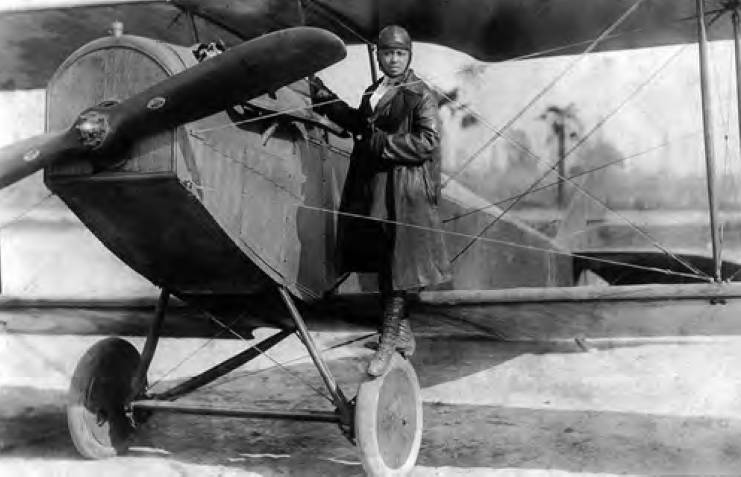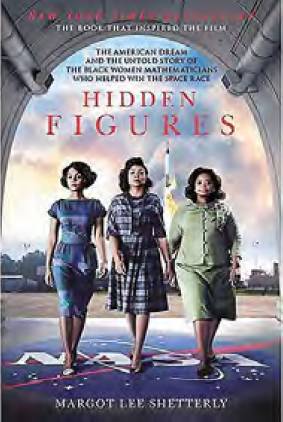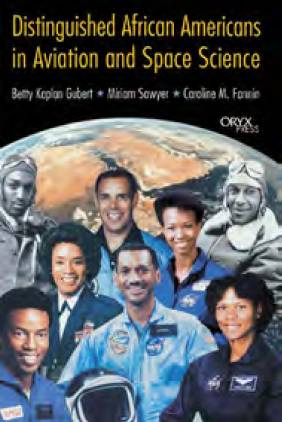Black History Month
Hidden stories of Black achievement
 Bessie Coleman (1892-1926), c1922. Bessie was the first African-American woman and first Native American to hold a pilot licence, earning her licence from the Fédération Aéronautique Internationale on 15 June 1921 and was the first Black person to earn an international pilot’s licence.
Bessie Coleman (1892-1926), c1922. Bessie was the first African-American woman and first Native American to hold a pilot licence, earning her licence from the Fédération Aéronautique Internationale on 15 June 1921 and was the first Black person to earn an international pilot’s licence.
It is becoming increasingly apparent in many areas of society that significant achievements of underrepresented groups have either been left out, ignored or only partially represented.
As the UK celebrates Black History Month, we will take this opportunity to consider some useful resources which provide insights into Black achievement across the aerospace and aviation sectors, from supporting NASA’s 1960’s space race efforts to unknown World War 2 heroes.
1. Black Aviator: the Story of William J Powell, W J Powell (Smithsonian Institution Press, 1994) From electrical engineer to aspiring pilot, rejected time after time for entry into flight schools, Powell eventually succeeded and authored a semiautobiographical novel Black Wings which described the struggles of African Americans to become pilots.
2. We Could Not Fail: the First African Americans in the Space Program, R Paul and S Moss (University of Texas Press. 2015) A detailed study of how Clyde Foster, Morgan Watson, George Bourda, Julius Montgomery, Frank Crossley and Ed Dwight, among others, pioneered the employment of African American scientists and engineers at NASA sites in Texas, Alabama and Florida and the challenging experiences they faced during the 1950s and 1960s.
3. Benjamin O Davis Jr: an Autobiography, B O Davis (Smithsonian Institution Press. 1991) The memoirs of a distinguished American airman, who was to command the 99th Pursuit Squadron and the 332nd Fighter Group during WW2, and of his battle against racial segregation in the American armed forces.
 4. Essays on Bessie Coleman and Benjamin Davis, V P Dawson and M Bowles (Eds) from Realizing the Dream of Flight: Biographical Essays in Honor of the Centennial of Flight 1903-2003. NASA SP-2005-4112 A collection of essays celebrating diverse achievements in the first century of powered flight. Visit: https://history.nasa.gov/sp4112.pdf
4. Essays on Bessie Coleman and Benjamin Davis, V P Dawson and M Bowles (Eds) from Realizing the Dream of Flight: Biographical Essays in Honor of the Centennial of Flight 1903-2003. NASA SP-2005-4112 A collection of essays celebrating diverse achievements in the first century of powered flight. Visit: https://history.nasa.gov/sp4112.pdf
5. History of the Tuskagee Airmen, D L Haulman. From Air Power History Vol 65 (2), pp 45-49, Summer 2018
6. Black Wings: Courageous Stories of African Americans and Aviation and Space History, Von Hardesty, (Harper Collins, 2007)
7. Distinguished African Americans in Aviation and Space Science, B Kaplan Gubert et al (The Oryx Press, 2002) Distinguished African Americans in aviation and space science: Gubert, Betty Kaplan, 1934-: Free Download, Borrow, and Streaming: Internet Archiv2
 8. Pilots and Soldiers of the Caribbean: Fighting Men of the Caribbean, Maureen M Dickson, 2020 (Available at Amazon) Stories of individuals who left their homes in the Caribbean to join ‘the Mother Country’ to join the war effort as pilots and solders in WW2.
8. Pilots and Soldiers of the Caribbean: Fighting Men of the Caribbean, Maureen M Dickson, 2020 (Available at Amazon) Stories of individuals who left their homes in the Caribbean to join ‘the Mother Country’ to join the war effort as pilots and solders in WW2.
9. Average – A Training Diary, T Edwards (EDO Industries, June 2015) Edwards’ journey from growing up on the Thamesmead Estate in Woolwich, East London, to joining the RAF in 1985 as a RAF Regiment Officer before transferring to aircrew and qualifying as a fast jet pilot.
10. Hidden Figures: The True Story of Four Black Women and the Space Race, M Shetterly (William Morrow and Co, HarperCollins) Adapted for the acclaimed 2016 film, Shetterly highlights the hidden Black women, known as ‘computers’, who provided complex mathematical data for NASA’s Space Race and their fight for recognition, equity and access to advanced education, including Mary W Jackson, the first Black female aerospace engineer at NASA and who is now honoured in the RAeS Named Lecture Programme.
 11. Cathedrals in the Sky, Andrew Rajan (San Fernando Press, 2014) In this fascinating new novel, British author Andrew Rajan takes a closer look at the lesser-acknowledged countries that fought in WW2. Rajan tells the tales of a Trinidadian fighter pilot flying a Spitfire in 1941 and a British-Asian boy in 1976, who discovers the very same plane buried in his backyard. Seamlessly weaving between the stories of these two characters, we learn the stories of those who served in WW2 – outside of Europe – and the role that the iconic Spitfire plays in uniting them both. Spanning a period of 70 years, Cathedrals in the Sky shines a light on the story of a Caribbean man fighting in WW2.
11. Cathedrals in the Sky, Andrew Rajan (San Fernando Press, 2014) In this fascinating new novel, British author Andrew Rajan takes a closer look at the lesser-acknowledged countries that fought in WW2. Rajan tells the tales of a Trinidadian fighter pilot flying a Spitfire in 1941 and a British-Asian boy in 1976, who discovers the very same plane buried in his backyard. Seamlessly weaving between the stories of these two characters, we learn the stories of those who served in WW2 – outside of Europe – and the role that the iconic Spitfire plays in uniting them both. Spanning a period of 70 years, Cathedrals in the Sky shines a light on the story of a Caribbean man fighting in WW2.